10 Wild Scientific Theories That Sound Like Fiction
Some scientific theories sound so far-fetched that they could easily be mistaken for fiction. Yet, these wild ideas are taken seriously by many researchers and thinkers. From parallel universes to time travel, these concepts challenge our understanding of reality and explore the limits of possibility. While they may seem unbelievable, they often spark curiosity and inspire deeper discussions about science and the universe. Many of these theories blur the lines between science and imagination. Though they remain speculative, they push the boundaries of what we know.
This post may contain affiliate links, which helps keep this content free. Please read our disclosure for more info.
The Multiverse Theory

The multiverse theory suggests that our universe might not be the only one. Instead, it proposes that many universes could exist simultaneously, each with different laws of physics and unique features. This idea challenges everything we know about the universe, and it seems more like science fiction than a scientific theory. If true, it could mean that countless versions of reality exist, some of which might be entirely different from our own.
This theory is based on the idea that quantum mechanics allows for the existence of parallel worlds. Some scientists believe that the multiverse could help explain why our universe has specific conditions that allow life to exist. It’s a mind-boggling concept that pushes the boundaries of what we can understand about the cosmos. Though it’s not universally accepted, it has inspired much debate and even movies in popular culture.
The Simulation Hypothesis
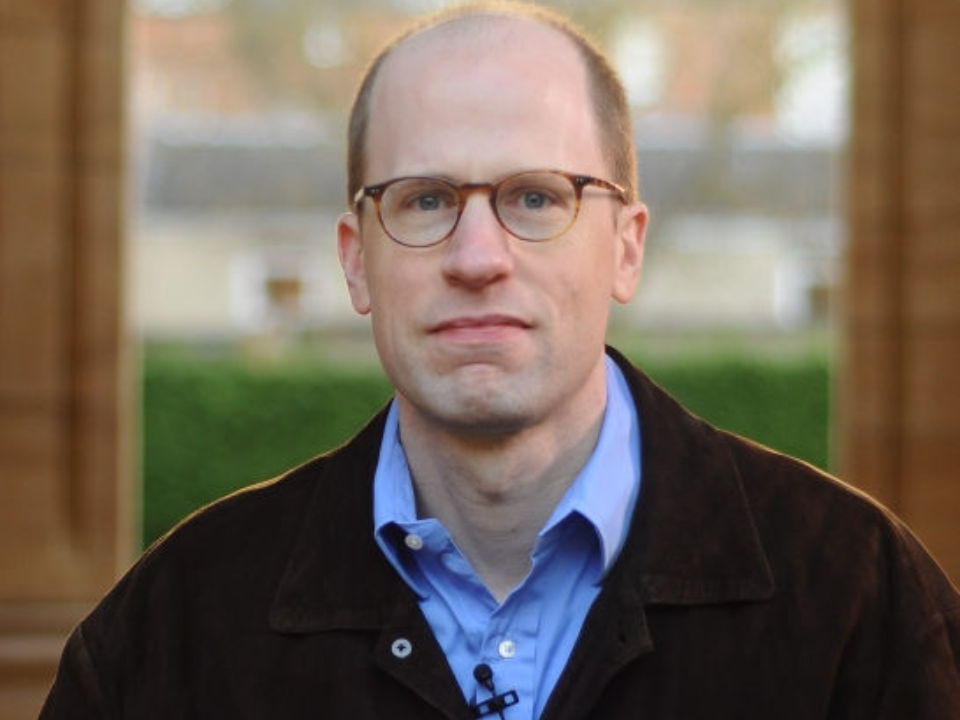
The simulation hypothesis proposes that we are living in a computer simulation created by a more advanced civilization. According to this theory, our entire reality, including the planet and everything on it, could be simulated by highly sophisticated technology. It’s a concept that sounds more like science fiction, but there are some arguments that suggest it could be possible. Philosophers and physicists have even discussed whether it is worth considering the idea that everything we experience is part of an artificial construct.
One of the most famous proponents of the theory is philosopher Nick Bostrom. He argues that if civilizations become technologically advanced enough, they could create simulations with conscious beings. This theory raises questions about the nature of reality and challenges our understanding of existence. It remains an interesting topic for philosophical debate, although there is little evidence to support it.
Time Travel Paradoxes
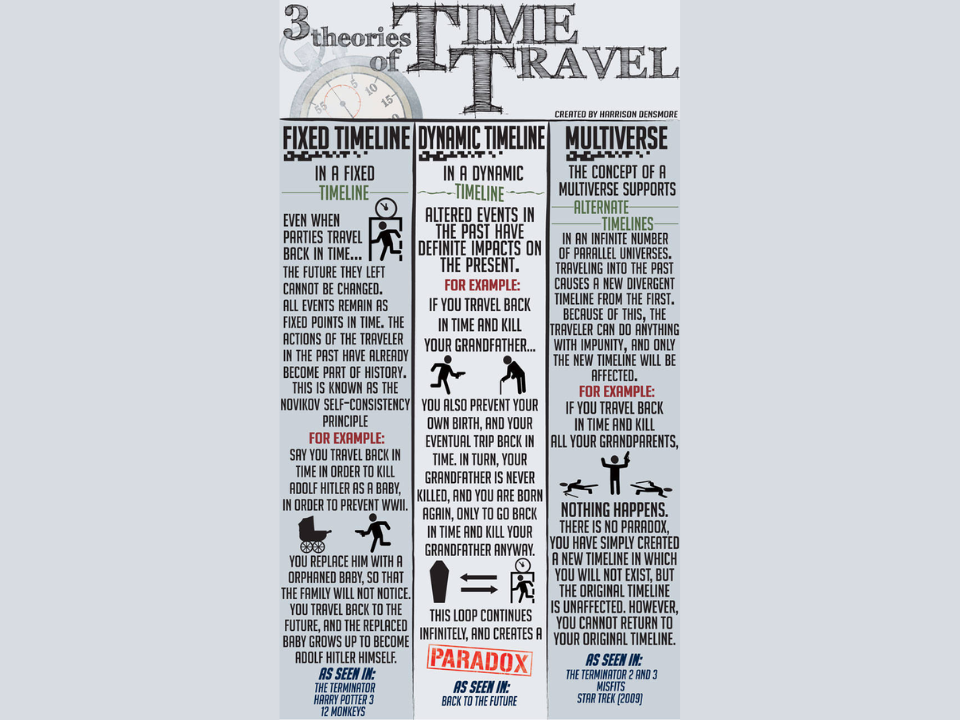
Time travel is a concept that has fascinated humanity for centuries, but it also comes with its fair share of paradoxes. One of the most famous paradoxes is the “grandfather paradox,” which questions what would happen if you traveled back in time and prevented your grandfather from meeting your grandmother. If that happened, how could you have ever existed to travel back in time in the first place?
Physicists have explored these paradoxes in an attempt to understand whether time travel could ever be possible. While some theories suggest that traveling forward in time is possible through the effects of relativity, traveling backward remains a highly debated topic. Theories such as wormholes and closed timelike curves suggest that time travel might be possible, but these ideas seem far from being anything more than fictional concepts for now.
Alien Civilizations in the Universe
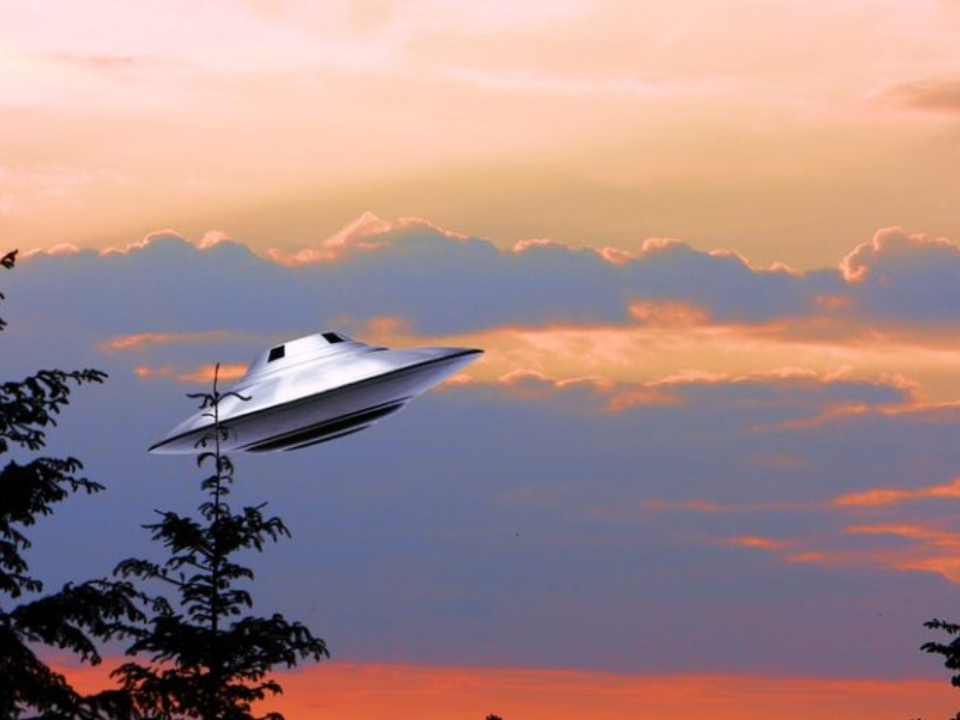
The idea that intelligent alien civilizations exist somewhere in the universe is one that has intrigued humanity for a long time. The vastness of the universe, with billions of galaxies and countless stars, makes it seem statistically likely that life has evolved elsewhere. However, despite years of searching and using advanced technologies to scan the skies, no direct evidence of alien civilizations has been found.
Many scientists believe that the lack of evidence does not rule out the possibility of alien life. The Fermi Paradox highlights the contradiction between the high probability of extraterrestrial civilizations and the complete absence of any proof of their existence. Some suggest that alien civilizations might be avoiding contact, or they could exist in forms that are beyond our current ability to detect.
The Hollow Earth Theory
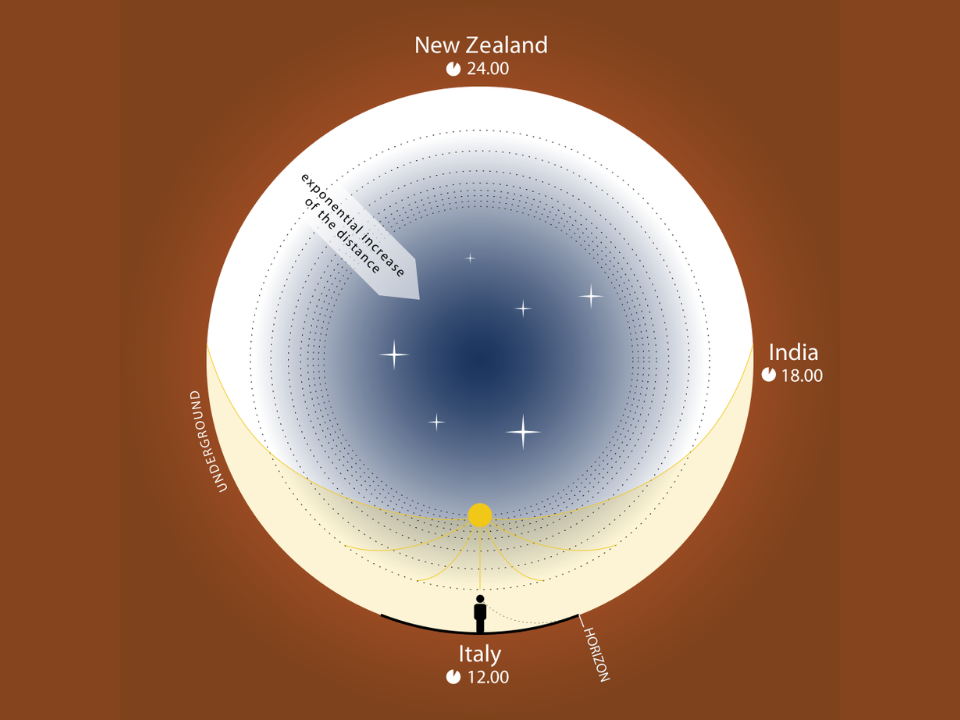
The Hollow Earth theory posits that our planet is not solid but rather has vast hollow spaces inside. Some versions of this theory suggest that there is a hidden civilization living within the Earth, with their own ecosystems and technologies. While this idea has been around for centuries, there is no scientific evidence to support it, and modern geology has shown that the Earth’s interior is solid, with a molten core.
Despite its lack of credibility in the scientific community, the Hollow Earth theory continues to capture the imagination. Some people still believe that secret openings to the Earth’s interior exist in remote regions, and this theory has even made its way into pop culture. It’s an idea that blends scientific inquiry with myth, and it remains one of the more fantastical theories in history.
The Flat Earth Theory
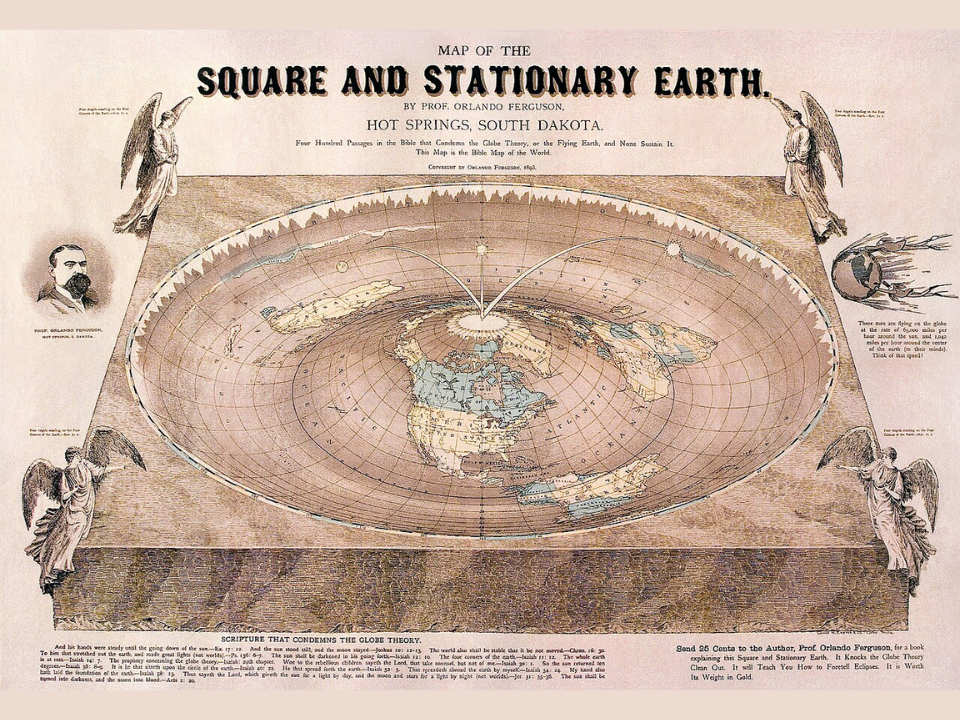
The Flat Earth theory is an ancient belief that the Earth is flat rather than spherical. Although this concept was widely accepted in ancient cultures, modern science has thoroughly proven that the Earth is an oblate spheroid. Despite overwhelming evidence from satellite imagery and centuries of scientific observation, there is still a small group of people who promote the idea that the Earth is flat.
Flat Earthers argue that the evidence we have is part of a grand conspiracy to hide the truth. They point to perceived inconsistencies in scientific measurements and claim that the Earth’s curvature is a myth. While this theory is easily debunked, it continues to circulate in certain circles, showcasing the enduring power of unconventional beliefs.
The Moon Landing Conspiracy
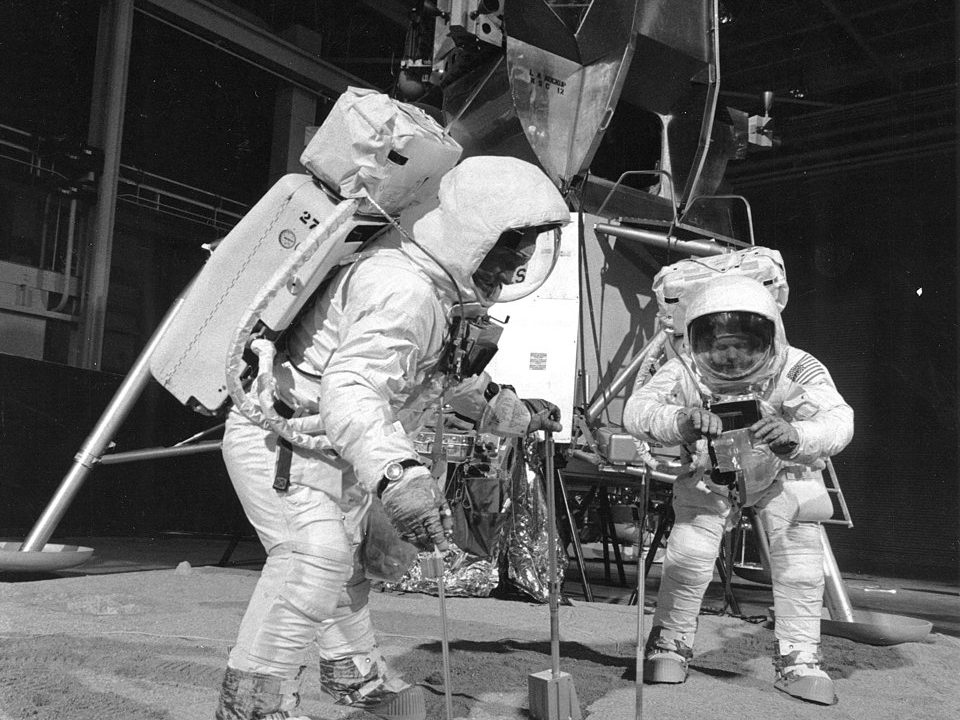
Some conspiracy theorists argue that the moon landing in 1969 was staged by NASA. According to these theories, the United States government faked the Apollo 11 mission in order to win the space race against the Soviet Union. These claims suggest that the moon landing was filmed on Earth, with the government creating elaborate hoaxes to make it look real.
Despite the overwhelming evidence supporting the moon landing, including photographs, videos, and rock samples, conspiracy theories persist. Some believe that shadows, flag movements, and the lack of stars in photos are signs of the hoax. While these ideas have been debunked by experts in multiple fields, they still continue to capture the attention of a small group of skeptics.
The Mandela Effect
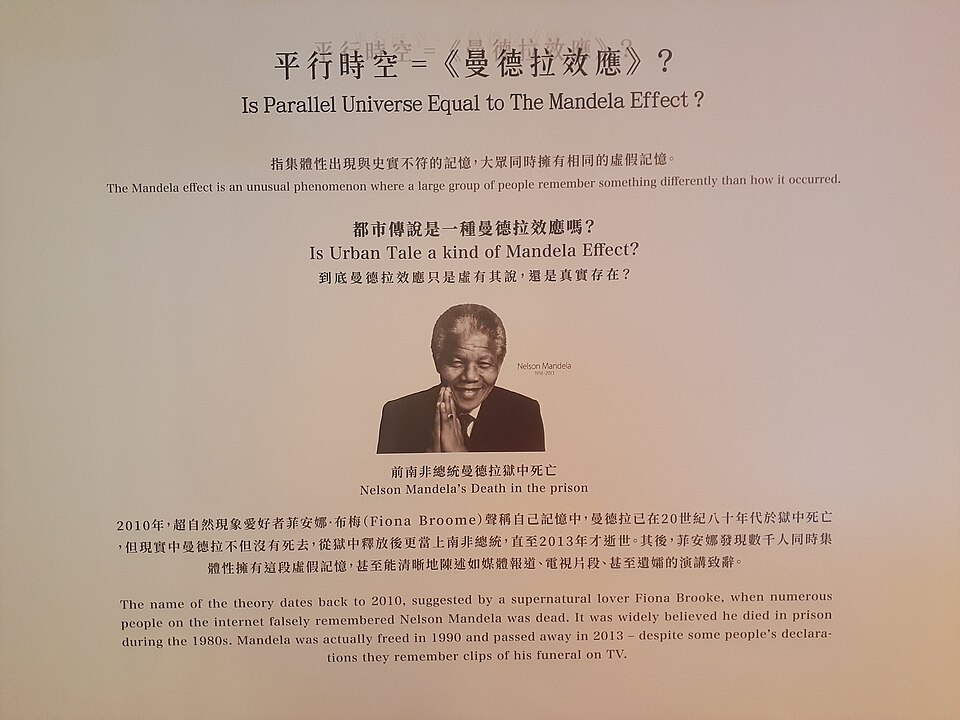
The Mandela Effect is a phenomenon where a large group of people remember an event or fact differently from how it actually occurred. The term originated when people incorrectly remembered Nelson Mandela dying in the 1980s, despite the fact that he passed away in 2013. This collective misremembering of events has led some to speculate that alternate realities or timelines are to blame.
Proponents of the Mandela Effect argue that our memories might be linked to parallel universes or dimensions. Some believe that shifts in the timeline or changes in history are responsible for the confusion. While it’s more likely a result of cognitive biases and false memories, the Mandela Effect remains a popular topic for those who are fascinated by the idea of alternate realities.
The Theory of Spontaneous Generation
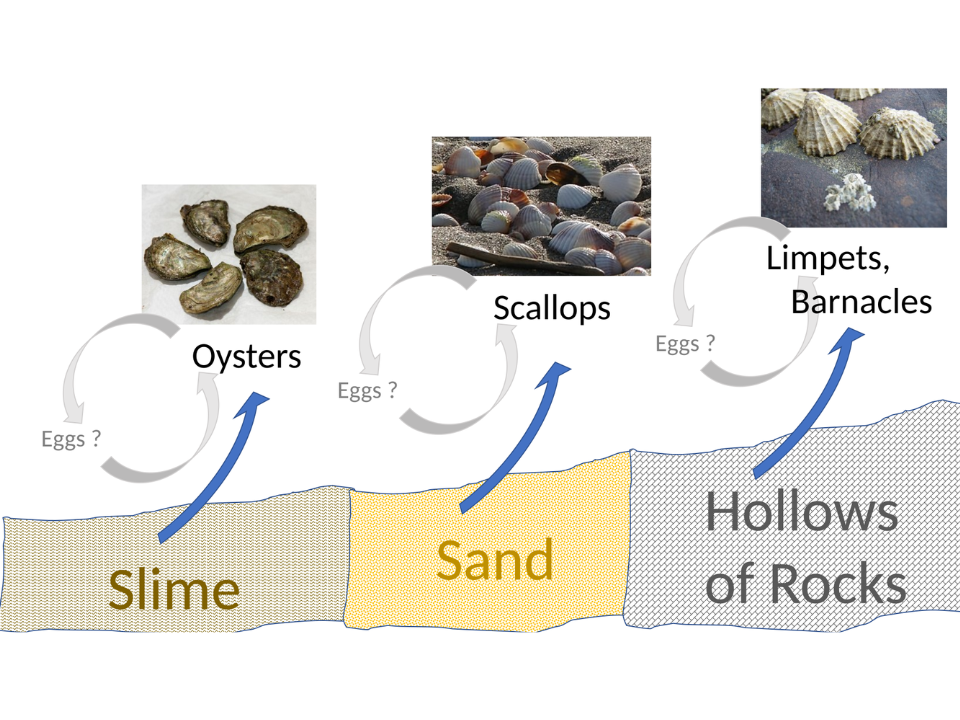
Spontaneous generation was a theory that stated living organisms could arise from nonliving matter. For centuries, people believed that flies, mice, and other creatures could spontaneously appear from decaying matter. This idea was widely accepted until the 17th century, when experiments by scientists like Louis Pasteur disproved it.
Today, spontaneous generation is considered a historical misconception, as we now understand that life comes from pre-existing life. However, the idea that life could emerge from nonliving material seemed plausible at the time, and it was a dominant scientific belief for many years. This theory provides a glimpse into how scientific understanding evolves over time, turning what seemed like fact into fiction.
The Theory of Panspermia
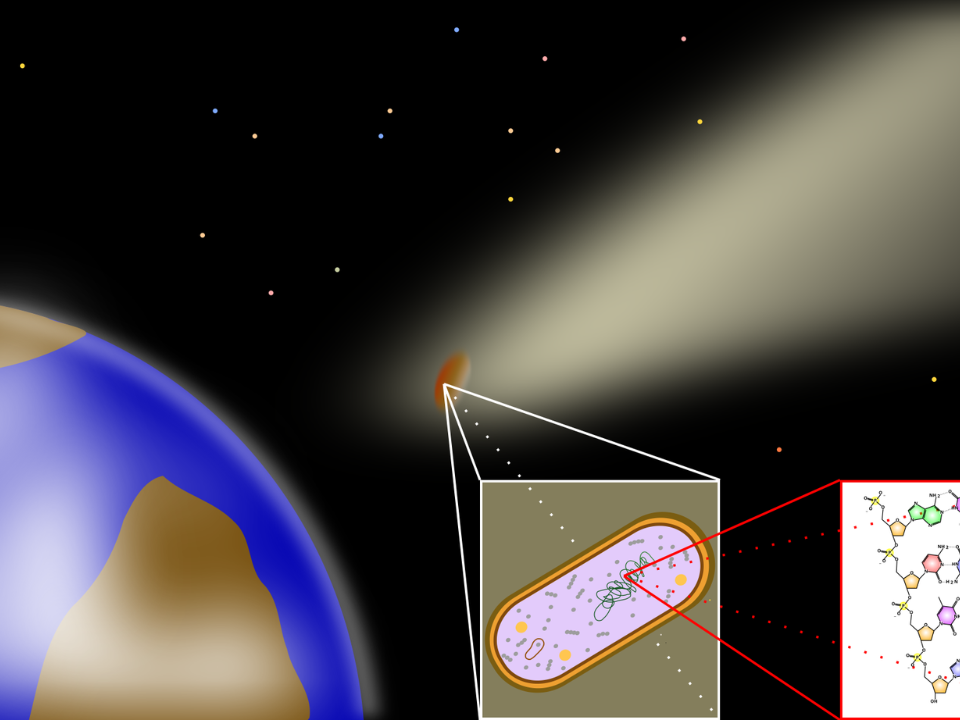
Panspermia is the idea that life on Earth may have originated from microorganisms or chemical compounds from space. According to this theory, life could have been brought to Earth by comets, asteroids, or even cosmic dust. It’s an intriguing possibility that suggests that life might not be unique to our planet, but could be widespread throughout the universe.
While there is no concrete evidence to support panspermia, the theory is still taken seriously by some scientists. It offers a potential explanation for the origins of life on Earth, though it raises further questions about where life might have originated in the first place. Panspermia remains a speculative theory, one that blurs the line between science and science fiction.
This article originally appeared on Avocadu.
